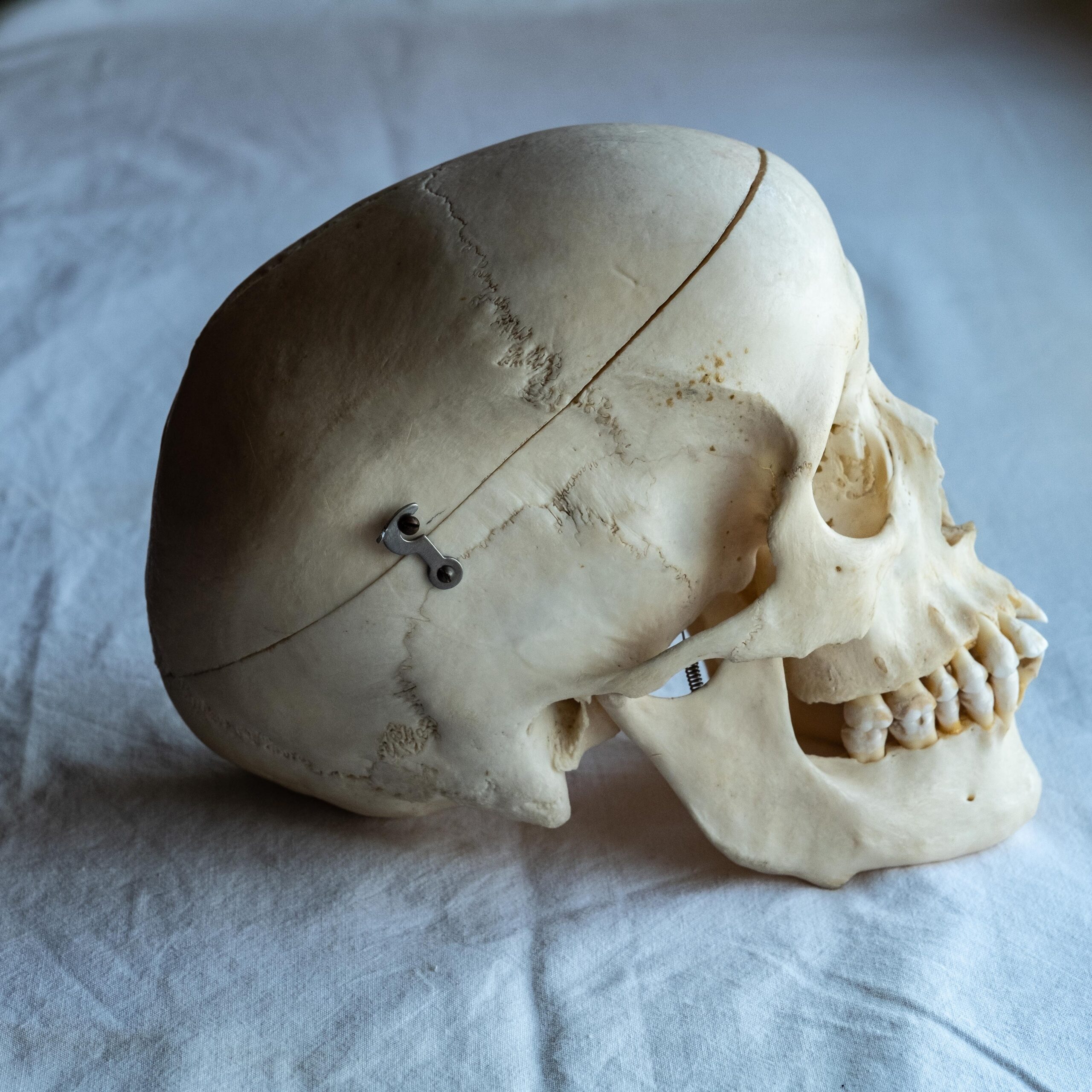
concussion and vestibular rehab
What is a concussion?
A concussion is a mild traumatic brain injury. Contrary to popular belief, you do not need to lose consciousness to experience one. In fact, only 10% of concussion patients experienced a loss of consciousness. Nor does it require a large hit either! Concussion severity is not directly related to how large the impact was. When you sustain a concussion, several processes occur. Shearing of small channels in the brain results in widespread energy loss. The brain enters an energy crisis state as it tries to heal from the event. While many people recover quite quickly, a large proportion continue to experience debilitating symptoms. This becomes a critical condition to properly manage known as Post-Concussion Syndrome.
What is Post-Concussion Syndrome?
Traditional management of concussion endorsed heavy rest; sitting in a black room until symptoms abide. Unfortunately, this sensory deprivation approach is now strongly advised against as it can increase symptom duration and turn concussions into chronic events. Improper management of concussion leads to a phenomenon known as “The Trench” where excessive rest makes one more susceptible to flare ups. People will try to expose themselves to normal daily activity, subsequently flare up, and rest symptoms away. This is a common cycle that patients are drawn into based on traditional advice. Though it doesn’t work, it is still routine post-concussion education, leaving patients feeling helpless in their recovery.
How can physio help?
Concussions affect numerous processing pathways in the brain. Additionally, the force required to sustain a concussion is multiple times the force required to sustain whiplash. Therefore, we are often treating the neck which is a common culprit in headaches, dizziness, and pain. Other possible systems affected are vison, the inner ear, mood, cognition, and sleep. Everything is simultaneously trying to heal, using up buckets of energy in the process. While in this state, small increases in activity can result in symptom flare ups. Concussion physiotherapists work to increase the energy capacity in individually affected syste
What is vestibular therapy?
Vestibular rehabilitation therapy (VRT) is a specialized form of physical rehabilitation used to treat vestibular disorders including dizziness, vertigo, balance, gait and vision impairments. Using a unique assessment strategy, vestibular therapists can identify the cause of your dizziness and treat it without the use of invasive techniques or medications. Treatment may include several forms of intervention based on assessment findings including specific maneuvers of the head, balance, gait retraining, neck rehab, or gaze stability training.
What is vertigo?
Vertigo is an inappropriate sensation of spinning that occurs when the brain receives a mismatch of incoming signals. While turning your head left, your eyes move right to stay on an object. The connection between the inner ear and eye is one of the fastest reflexes in the human body. This is called the vestibulo-ocular reflex (VOR). Small deficits in this reflex result in large problems, like taking a photograph with a shaky hand. Problems with either the inner ear, eye, or even the input from joints & muscles can result in vertigo or dizziness. The most common form of vertigo is due to a condition called benign paroxysmal vertigo, or BPPV.
BPPV?
BPPV is a common disorder of the inner ear affecting 64 out of every 100,000 people per year. The brain recognizes head position by encoding movements from small crystals that sway in response to fluid flow. In BPPV these crystals are displaced into nearby canals, disrupting the highly complex connection between the eyes & inner ear. This mismatch in information results in vertigo, nausea, and other unpleasant symptoms. Vestibular therapists utilize specialized positioning maneuvers to guide these crystals back to their proper place.
